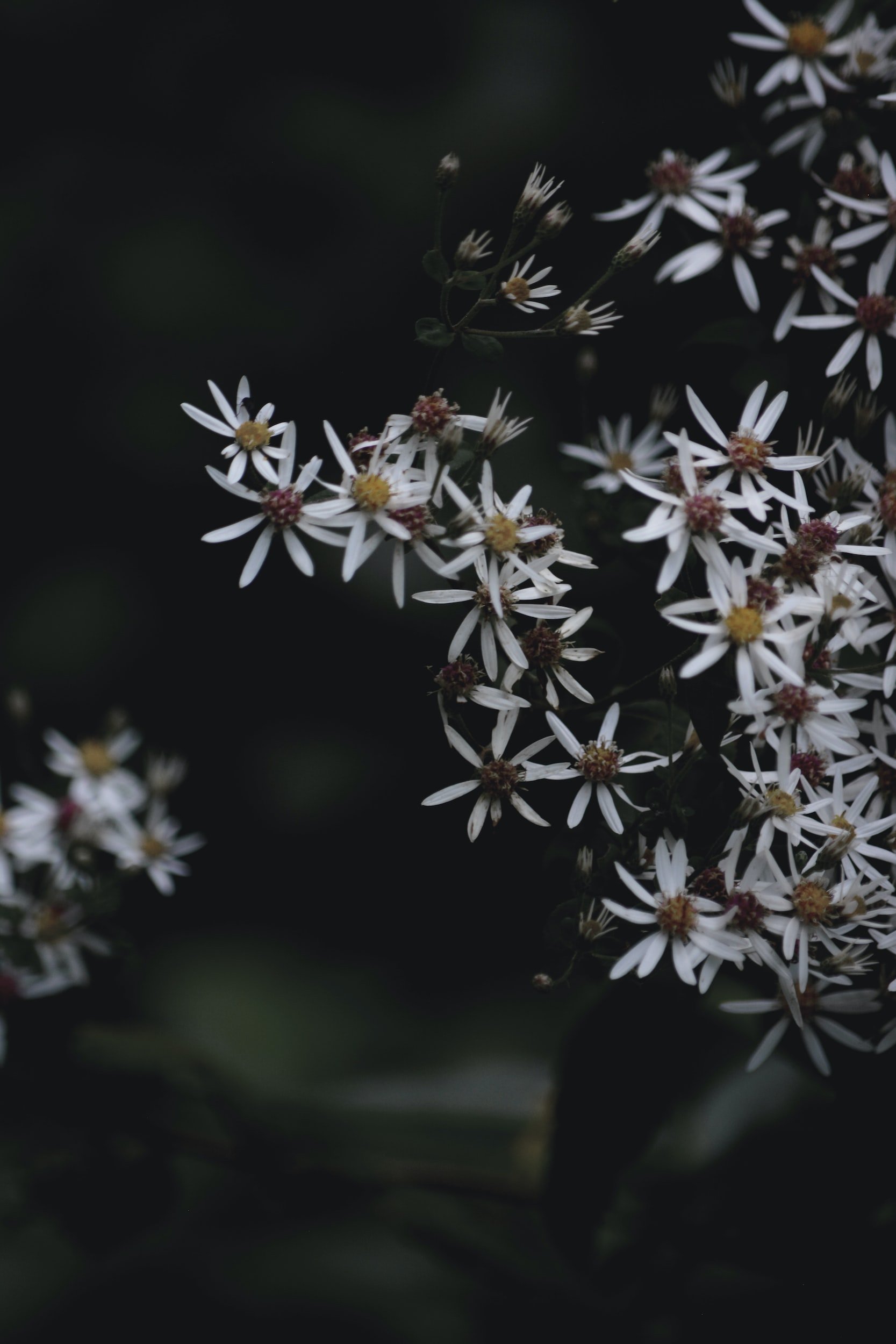
Homeopathy.
Why consider Homeopathy?
It is a safe, effective, gently-acting treatment with no side effects. Thus anyone of any age can take the palatable, easy to take, Homeopathic remedies. Homeopathy treats the whole patient from head to toe, physically and emotionally.
-
Almost any acute or chronic symptom; physical or emotional.
A selection of areas I have expertise in:
Pregnancy problems - from morning sickness to varicose veins;
Labour - slow dilation of the cervix, malposition of baby;
Post natal - mastitis, slow healing, exhaustion;
Female hormones - irregular or painful menses, infertility, menopause;
Digestive problems - acid reflux, constipation, irritable bowel;
Skin - eczema, psoriasis, molluscum, verrucas, warts;
Stress - anxiety, sleep issues, concentration difficulties, depression.
-
Homeopathy can help many people suffering from all kinds of symptoms. Homeopathy treats individuals not diagnoses. Every aspect of the patient is taken into account from the details of the presenting problems to any changes in mood or temperament.
So if I were to see 5 patients suffering from migraines, they would receive different remedies based on their own individual symptoms.
Hence, Homeopathy is a personalised, holistic, system of medicine.
-
Positive reactions to the correct remedy can be felt quickly depending on the type of symptom you are suffering from and how long you have had the problem.
Sometimes, after taking a remedy, patients feel more tired than usual or they may experience some of their symptoms return for a short time. This is a good sign as it is showing the remedy is causing a reaction within your body and shows the process of healing has begun.
If, however, there is no positive change to your symptoms within 4 weeks after taking the first remedy, the prescription may be incorrect.
Follow-up appointments are essential to track progress, change the prescription or adjust the dose.
What is Homeopathy?
Homeopathy is the second most popular form of Complementary medicine in the world. Why? Because it is:
safe and effective;
gentle and acts without causing side effects;
palatable and easy to take;
treats the whole person including any mental or emotional issues
Homeopathy is derived from the Greek word Homois meaning ‘like’ and Patheia meaning ‘suffering’. First mentioned by Hippocrates circa 460BC, its fundamental principal of “like treating like” means that any material which causes symptoms in a healthy person, can also cure similar symptoms as presented in the sick.
-
In my own personal experience, I have seen many patients’ health issues resolved simply with Homeopathy.
Homeopathy was controversial when it was first developed by Dr. Samuel Hahnemann in Germany in the mid-18th century and still remains controversial today as the science of Homeopathy is not fully understood.In the UK, Europe and India it is the most well-established and widely used complementary medicine. According to the World Health Organization (WHO), it is the second-largest system of medicine in the world with a growth rate of 20-25% every year. This worldwide growth in popularity has seen it legally accepted in 66 countries.
What does this look like in life? Suppose you are stung by a bee. The site of the sting is painful, red, and swollen. The first aid remedy Homeopathic Apis mellifica, made from the sting of the honeybee helps to reduce the swelling and pain. This remedy is also used in many other cases where there is oedematous swelling, stinging pain, redness, and irritability.
Who was Dr. Samuel Hahnemann?
Dr Samuel Hahnemann (1755-1843), a German physician and chemist from Leipzig, was the creator of the fundamental principles of the science and art of Homeopathy.
After becoming disillusioned with the crude medical methods prevalent in his day Hahnemann turned to translation to earn a living. While translating William Cullen's lectures on the Materia medica into German he became intrigued with the theory that Cinchona Bark, a Peruvian plant that is now the basis for the production of quinine, was a cure for malaria.
He experimented with this herb taking it himself, which resulted in him developing a fever, chills, and headaches similar to the symptoms of Malaria. Hahnemann then developed a process of serial dilution and succession (vigorous shaking) between each dilution, to make Cinchona Bark into a remedy that was both effective and safe. Homeopathic pharmacies still use this manufacturing methodology today.
Hahnemann went on to test more than 2000 substances. From this, the science, philosophy, and art of Homeopathic Medicine was born.

